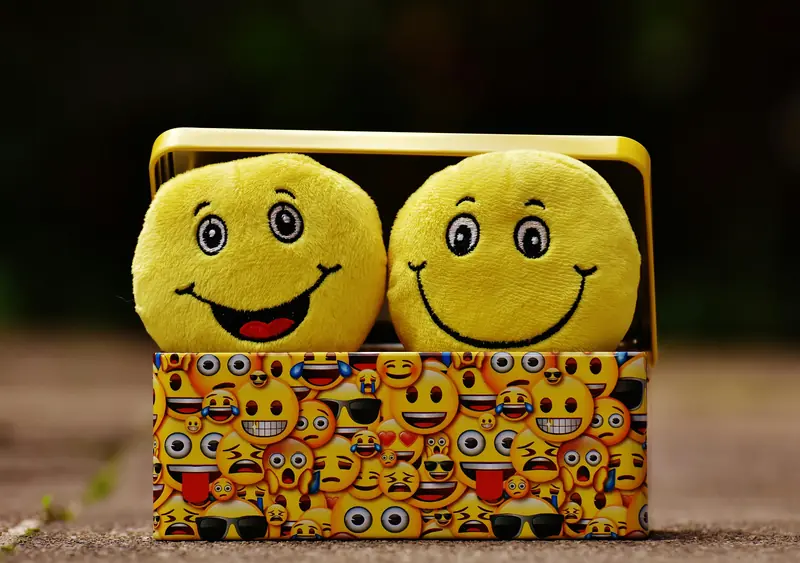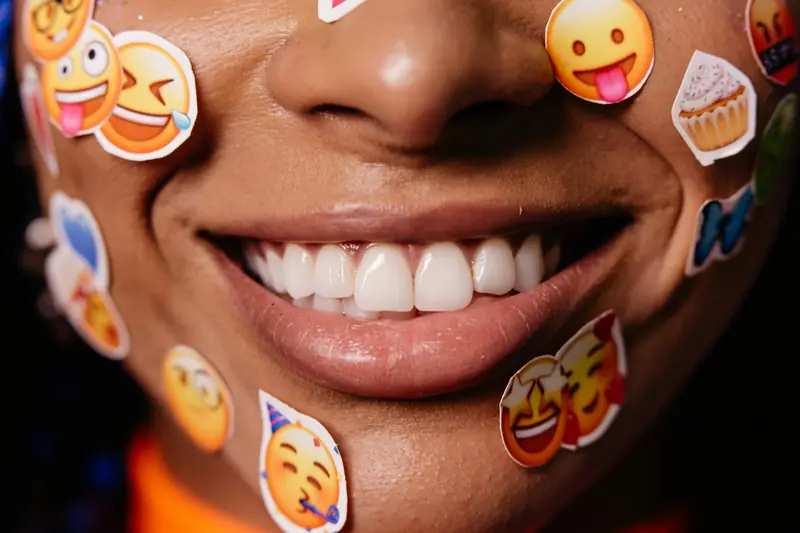
A new study from the University of Nottingham (UK) sheds light on the complexities of interpreting emojis. It reveals that gender, culture, and age significantly influence how these symbols are understood.
Emojis (images used to express ideas or emotions on digital platforms) have become an integral part of our lives. These icons convey feelings and reactions visually, bridging the gap between text-based communication and face-to-face conversations. But are we using and interpreting them correctly?
The researchers involved 523 participants of both genders from China and the UK, with ages ranging from 18 to 84.
The team observed how different demographic and gender groups interpret emojis. The study focused on 24 emojis representing six primary emotional states: happiness, disgust, fear, sadness, surprise, and anger. These symbols were selected from four major platforms: Apple, Windows, Android, and WeChat. This means that the differences in emoji design, which could affect their interpretation, are minimal.

What the Researchers Discovered
The analysis of the results showed that when it comes to the accurate use of emojis, a generational gap often emerges. Younger users tend to have a more nuanced understanding of these symbols, while older individuals frequently misinterpret them. Seniors are more likely to send an emoji that doesn’t fit the situation. The oldest participants in the study often struggled to interpret emojis expressing surprise, fear, sadness, and anger.
Gender is another factor influencing the varied perceptions of emojis. Women’s interpretations of icons representing happiness, fear, sadness, and anger more closely aligned with the labels assigned by the researchers compared to men’s interpretations. This may indicate that women are more sensitive to the emotional nuances embedded in emojis. Researchers believe this sensitivity may stem from greater experience in communicating with young children, particularly in recognizing a range of emotions on their faces.

Cultural differences also played a significant role in emoji interpretation. British volunteers generally interpreted the meanings of the icons with greater accuracy than their Chinese counterparts, except for the emoji representing disgust.
The study’s results emphasized the importance of context in which emojis are used. For instance, the “smile” emoji, which researchers associated with happiness, was often linked by Chinese participants to joy and other positive emotions.
This suggests that emojis can convey different meanings in various cultural contexts. However, such discrepancies can lead to misunderstandings during cross-cultural communication, as reported by Earth.com.
***
Ultimately, the study demonstrated the complex interplay between gender, culture, and age when it comes to interpreting emojis.
According to the researchers, while emojis offer a powerful tool for adding emotional depth to digital communication, they can be perceived ambiguously. This uncertainty can lead to misunderstandings, especially in messages exchanged between individuals who do not consider cultural, age, and gender differences.
The researchers stressed the need for greater awareness of how these factors influence emoji usage. They also proposed directions for future research aimed at further exploring the nuances of emoji interpretation.
The findings of the study were published in the journal PLOS ONE.
